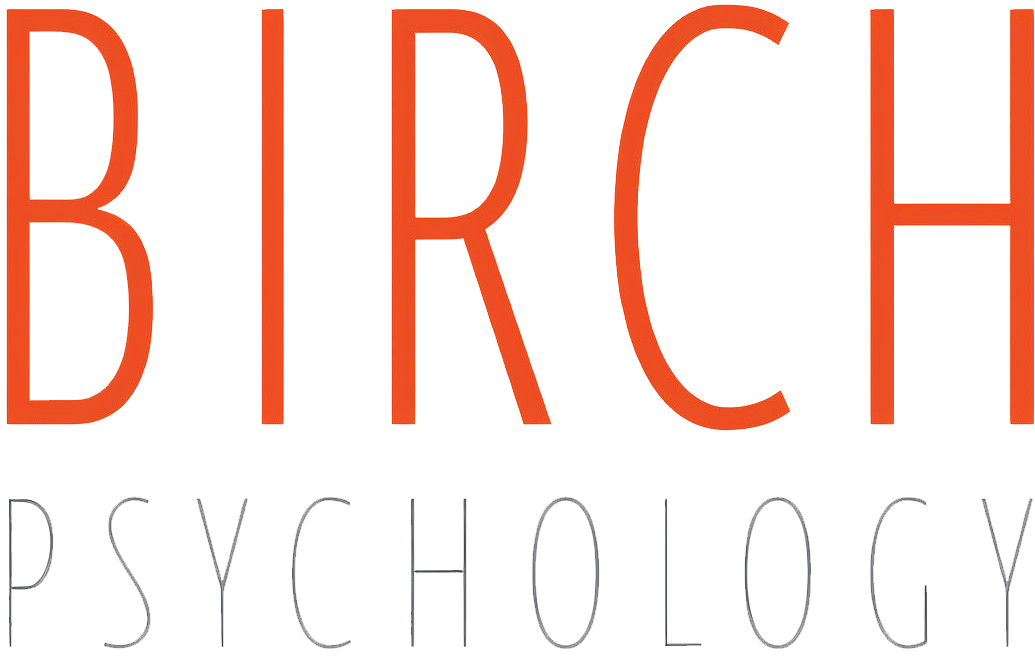ADHD Rates are Higher than Ever and on the Rise: What this Means for American Families
Why is ADHD More Common & How Does This Affect Your Family?
Attention Deficit Hyperactivity Disorder (ADHD) is the second most impactful condition affecting children’s health in the U.S. In fact, ADHD diagnoses have increased by more than 30%, and up to 10% of U.S. children may have the condition (BlueCross BlueShield, 2019).
Being proactive in diagnosing your child and addressing their needs maximizes your ability to cope, and minimizes its impact on your family. On the other hand, postponing diagnosis and treatment increases stress and delays healthy adjustment.
In this article, our clinical psychologists reveal why you should conduct ADHD testing early.
What Causes ADHD?
ADHD occurs due to a combination of environmental and hereditary factors. It can present with a range of symptoms, including:
A lowered ability to maintain focus
Fidgetiness
Inattention
Distractibility
Difficulty controlling impulses
Hyperactivity
Children with ADHD are generally affected in every realm: at school, at home, when interacting with peers and adults, and even in their physical health. Parents of children with ADHD say that their child has almost three times as many peer problems as children without ADHD (CDC, 2019).
The relationship between ADHD and social problems is not present for all children, but for those who are affected, it may come from the relationship between ADHD and difficulty managing impulses. This may affect taking turns, sharing toys, and following the rules of a game.
Sometimes, children with ADHD react more intrusively or aggressively when playing with other kids, and they're also more likely to physically injure themselves, likely as a result of impulsivity and inattention (CDC, 2019). Similarly, those with ADHD are more likely to be diagnosed with another disorder that directly affects interpersonal relationships.
Why are Rates of ADHD Diagnosis Increasing?
The U.S. has significantly more cases of ADHD than other developed countries, lending credence to the argument that it’s overly misdiagnosed (Bluth, 2018). However, there are other elements that may explain the steep increase.
Medical advances in recent years mean preterm and low birth weight babies have better survival rates, both risk factors for ADHD. Better understanding of the various presentations of ADHD has also expanded the criteria for who might fit the diagnosis.
Hyperactivity used to be the primary component of the disorder, until the American Psychiatric Association deemed inattention as another potential determining factor. This change increased the number of girls diagnosed with ADHD, as they’re more likely to fit this presentation, while boys are more likely to demonstrate observable hyperactive symptoms (Bluth, 2018).
There’s Also the Risk of Misdiagnosis
While these changes contribute to the rise of diagnosis, misdiagnosis is still a possibility. As is the case with many other mental health diagnoses, there are no physiological markers to point to in identifying ADHD (Bluth, 2018). Children in middle and high school are at the age most commonly diagnosed with ADHD, but are also at the age where we see depression and anxiety diagnoses uptick steeply (BlueCross BlueShield, 2019).
To make things more complicated, these diagnoses share symptom overlap with ADHD, and many times, children with ADHD have other diagnoses as well (CDC, 2019). Ultimately, most healthcare professionals advocate for evaluating a child if they’re struggling (Newsroom, 2018).
The CDC recommends the use of behavior rating scales and incorporating feedback from adults other than family members when assessing for ADHD (CDC, 2019). This information is helpful for differentiating between ADHD, depression, anxiety, learning disorders, or something else, and for finding the appropriate support.
How Do You Treat ADHD?
The American Academy of Pediatrics recommends behavior therapy as a first line of treatment for children under the age of six, and behavior therapy in addition to medication for children over six (Graves, 2019). Combined with appropriate school accommodations, these approaches are helpful and highly impactful in a child’s life.
In addition to behavior therapy, treatment includes providing a plan to your child’s school that details how the educators will support your child and remove barriers to their learning and success. Section 504 of the Rehabilitation Act protects individuals with disabilities from discrimination.
A 504 plan usually supplies accommodations meant to give children with disabilities access to the same education their classmates are getting. An Individualized Education Plan (IEP) comes through the Special Education program and is more individualized to the student.
Support Your Child’s Learning with an ADHD Assessment from Birch Psychology
While ADHD rates are rising, our understanding and treatment of the disorder is also improving. There is no “cure” for the disorder, but there are a range of options to help your child adapt and function in the various systems they belong to, such as school, family, and sports teams (Graves, 2019).
Through ADHD testing, you’re equipped to support your child’s education and empower them to live life fully. At Birch Psychology, we offer ADHD assessments, guidance in interpreting the results, and resources for constructing an effective treatment plan.
For help understanding and confronting ADHD, schedule a consultation today.
Resources Cited:
BlueCross BlueShield. (2019 March 28). The Impact of Attention Deficit Hyperactivity Disorder on the Health of America’s Children. Retrieved from https://www.bcbs.com/the-health-of-america/reports/impact-of-adhd-attention-deficit-hyperactivity-disorder-on-health-of-americas-children
Bluth, R. (2018 September 10). ADHD numbers are rising and scientists are trying to understand why. The Washington Post. Retrieved from https://www.washingtonpost.com/national/health-science/adhd-numbers-are-rising-and-scientists-are-trying-to-understand-why/2018/09/07/a918d0f4-b07e-11e8-a20b-5f4f84429666_story.html
Centers for Disease Control and Prevention. (2019 August 29). How US children are diagnosed with Attention Deficit/Hyperactivity Disorder. Retrieved from https://www.cdc.gov/ncbddd/adhd/features/how-us-children-diagnosed.html
Graves, S. (2019 April 30). ADHD Continues to Rise in Children. Retrieved from https://www.mdmag.com/medical-news/adhd-continues-to-rise-in-children
Newsroom. (2018 October 3). Study: ADHD Diagnoses on the Rise in the U.S. Retrieved from https://newsroom.clevelandclinic.org/2018/10/03/study-adhd-diagnoses-on-the-rise-in-the-u-s/
Understood. Understanding 504 Plans. Retrieved from https://www.understood.org/en/school-learning/special-services/504-plan/understanding-504-plans
